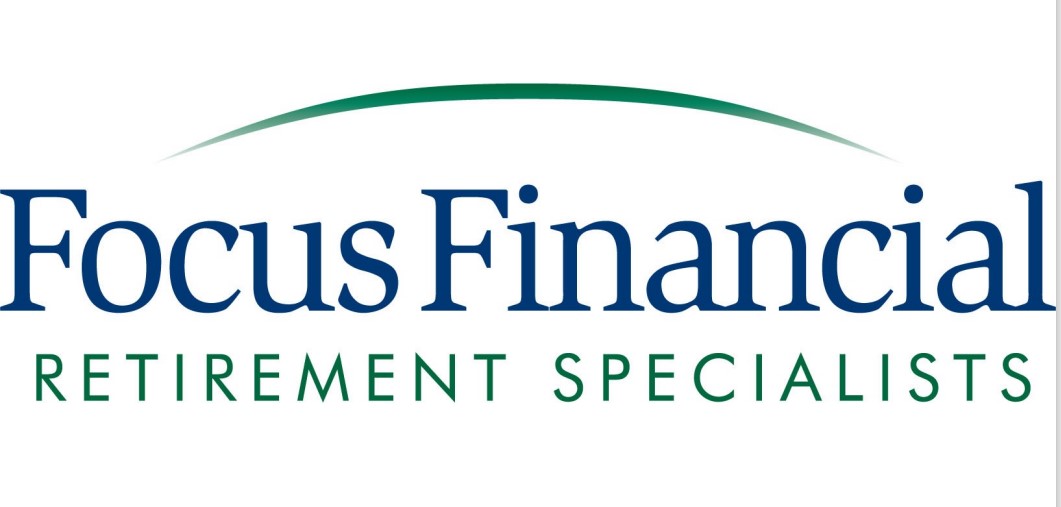Seven age milestones that will impact your retirement planning.
As you travel the savings road toward retirement and beyond, certain key dates will pop up. Some of these dates are critically important to your retirement planning efforts. Taking the right retirement planning steps as you reach each of the following age milestones could help you maximize your income, minimize your taxes and avoid penalties.
AGE 50: Time to fly
If you’ve not been able to save as much as you wanted due to other financial priorities, this is a great opportunity to catch up on your retirement saving. At age 50, you’re eligible to make “catch-up” contributions to 401(k)s and other employer-sponsored retirement plans. The Internal Revenue Service (IRS) “catch-up” contribution limits are adjusted annually. For 2021, the IRS allows you to contribute an additional $6,500 to your workplace retirement plan over the annual contribution limit of $19,500.
AGE 59½: Out of the penalty box
Once you reach age 59½, withdrawals from employer-sponsored retirement plans are no longer subject to the additional 10% federal penalty tax on early withdrawals — though you still may owe regular income tax on the distributions. But it’s generally better to leave your tax-advantaged retirement savings alone until you plan to begin taking distributions during retirement.
AGE 62: Stake your claim?
Age 62 is the minimum age at which you can choose to begin receiving Social Security benefits. Many people choose to take benefits early, for a variety of reasons. However, the math is pretty clear: claiming earlier gives you a reduced benefit and claiming later gives you an increased benefit. For each year you postpone taking this benefit (until age 70), your monthly check will be larger. Check out the Social Security Benefits Planner (www.ssa.gov/planners) for more comprehensive information, including calculators and other resources.
AGE 65: Say hello to Medicare
If you’re already receiving Social Security, you’re automatically enrolled in both Parts A and B of Medicare. But if you aren’t yet receiving Social Security, you will need to apply for Medicare during one of the designated annual enrollment periods. Keep in mind that you may be eligible for Medicare coverage at 65, but your full retirement age for Social Security may be later. Your initial Medicare enrollment period lasts for seven months, beginning three months before the month in which you turn 65. Missing your enrollment date may mean penalties or even higher premiums for the rest of your life. Check out medicare.gov for comprehensive information (you can also sign up to get regular email alerts and updates).
AGE 67: Paid in full
Your “full retirement age” for Social Security benefits is the age at which you may first become entitled to full or unreduced retirement benefits. If you were born between 1943 and 1954, age 66 is your full retirement age. For those born after 1954, the full retirement age will increase by two months a year until the current maximum of age 67 for those born in 1960 and later.
AGE 70: Max out on social security
If you’ve waited until your 70th birthday to begin taking Social Security, you’ll now get the biggest possible monthly benefit, which may be significantly larger than if you had started receiving payments at age 62. Any further delay in claiming won’t increase the size of your check.
AGE 72: Show me the money
Even if you don’t feel ready to start withdrawing funds from your workplace retirement plan and other Individual Retirement Accounts, the government requires you to do so once you reach age 72. The amounts of these required minimum distributions will vary from year to year, depending on the value of your retirement accounts and your age. Failing to take a required minimum distribution, or taking an insufficient amount, can result in costly penalties. Choosing an appropriate distribution strategy can help you avoid issues and make the most of your retirement assets. Be sure to consult with a tax or retirement plan professional.
This material was created for educational and informational purposes only and is not intended as ERISA, tax, legal or investment advice. If you are seeking investment advice specific to your needs, such advice services must be obtained on your own separate from this educational material.
©2021 Kmotion, Inc. This newsletter is a publication of Kmotion, Inc., whose role is solely that of publisher. The articles and opinions in this newsletter are those of Kmotion. The articles and opinions are for general information only and are not intended to provide specific advice or recommendations for any individual. Nothing in this publication shall be construed as providing investment counseling or directing employees to participate in any investment program in any way. Please consult your financial advisor or other appropriate professional for further assistance with regard to your individual situation.
